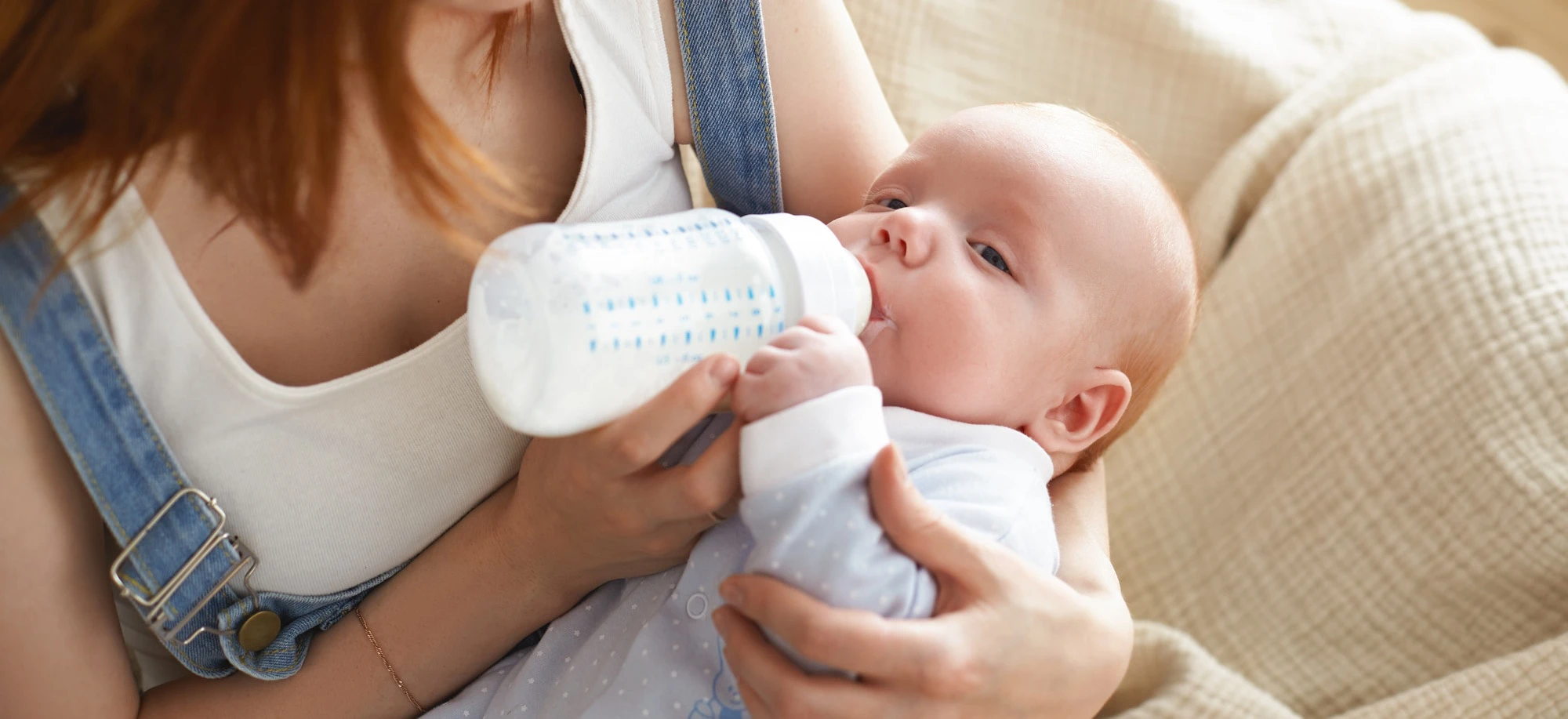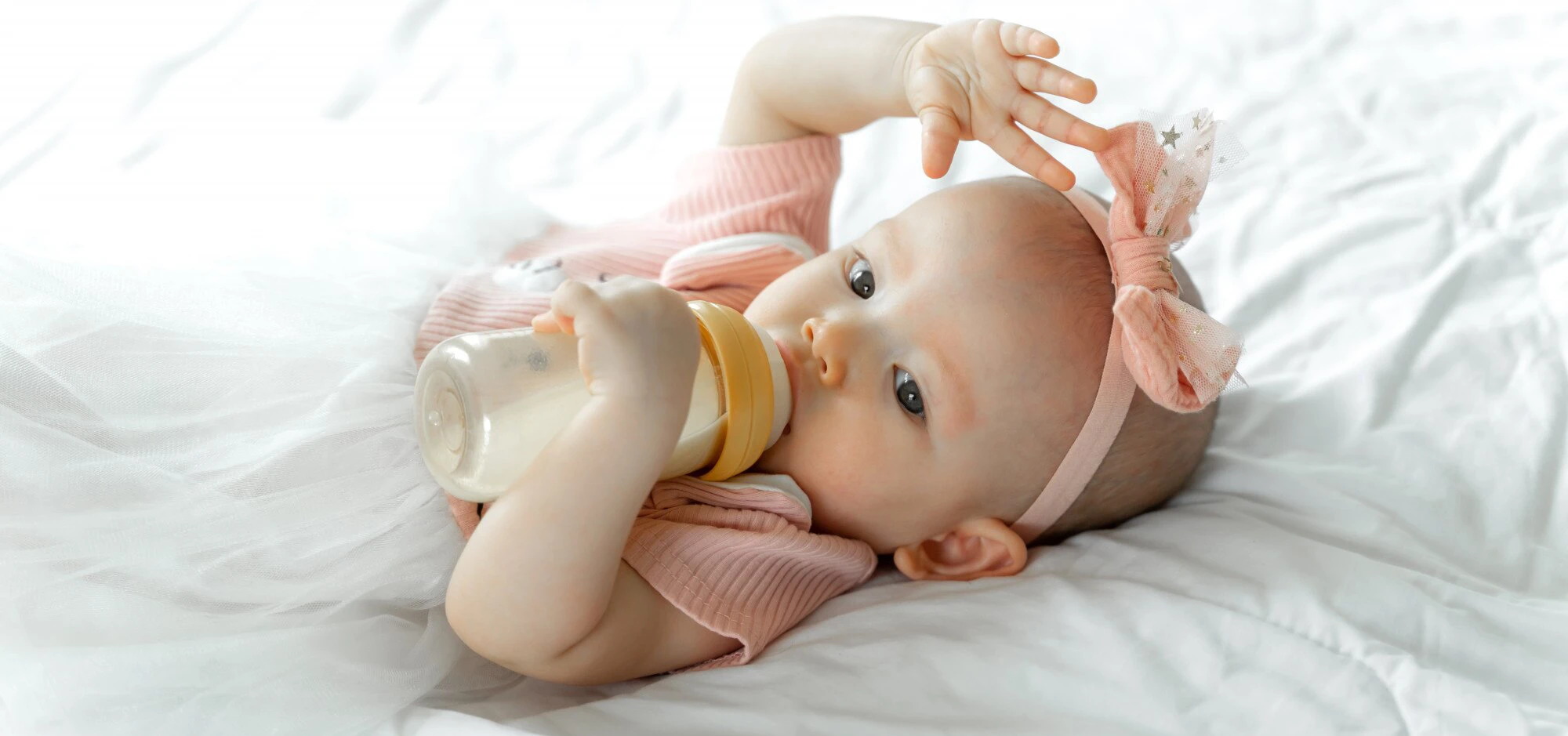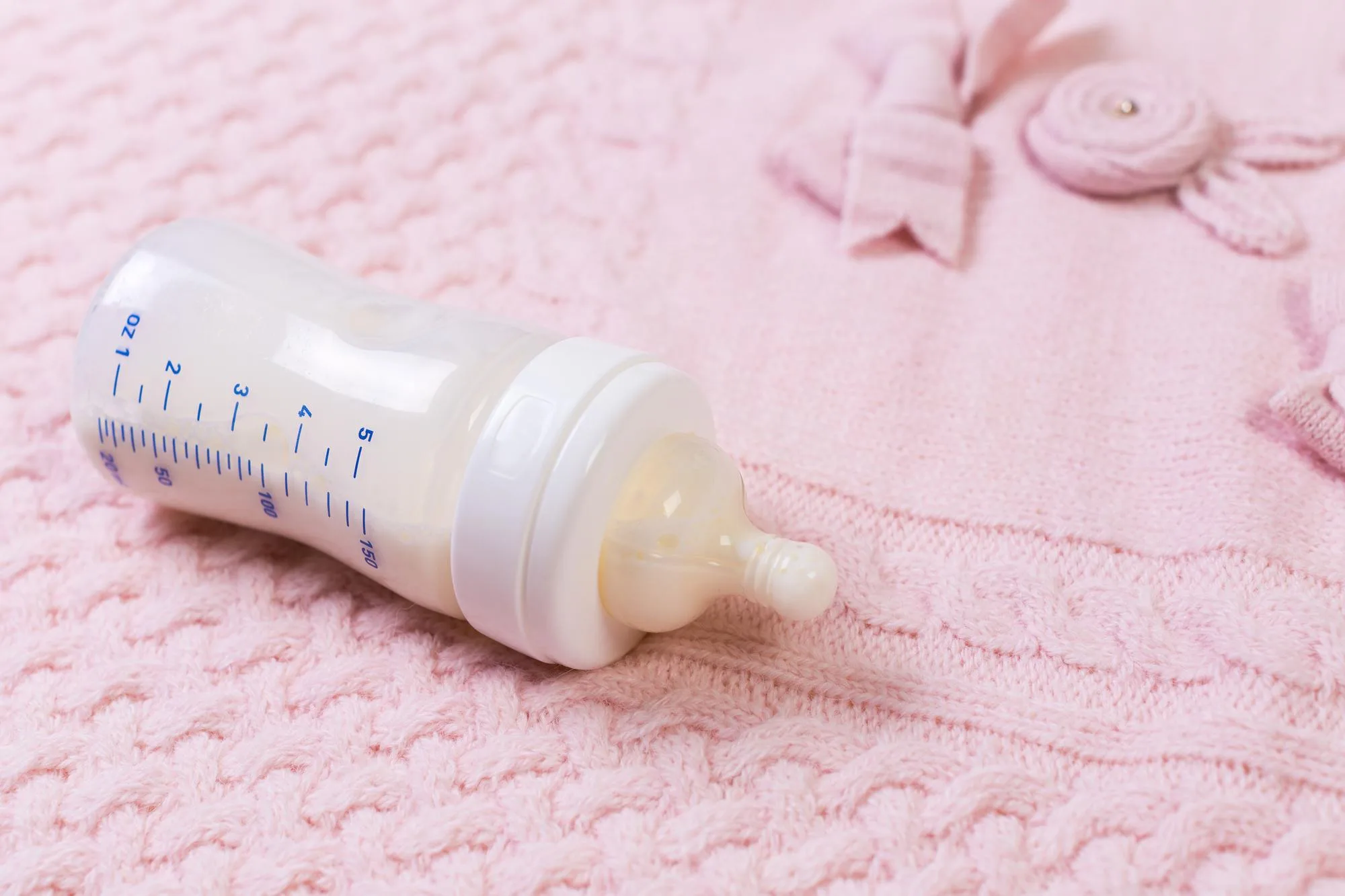
Why Not Plastic Baby Bottles?
Many plastic bottles contain chemicals like BPA or phthalates—substances that can leach into milk, especially when heated or worn down over time. Even BPA-free bottles may contain substitute chemicals that haven’t been thoroughly studied. Beyond health, plastic also has a massive environmental footprint. It’s made using petroleum, consumes large amounts of water during production, and often ends up in landfills—or worse, oceans—where it breaks down into microplastics that harm wildlife. So what are the healthier, more eco-friendly options?

Glass Baby Bottles: The Classic, Clean Option
- Safe and non-reactive: Glass doesn’t interact with your baby’s milk or formula. It won’t absorb smells, flavors, or colors, even after months of use.
- Truly reusable: Unlike plastic, which degrades over time, glass bottles can be used again and again. With a good wash, they’re as clean and safe as day one.
- Eco-friendly: Glass is made from natural materials like sand and limestone. It’s infinitely recyclable and doesn’t require petroleum to manufacture. While plastic bottles take centuries to break down, glass can be reused or recycled endlessly without becoming toxic to wildlife or the environment.
- No mystery ingredients: You never have to wonder if something is “leaching” into your baby’s milk. Glass is as straightforward and safe as it gets.
Downsides? Glass bottles are heavier, more breakable, and typically more expensive. But many brands now offer silicone sleeves for better grip and break protection, making them a safer, more practical everyday choice than they used to be.

Stainless Steel Baby Bottles: The Modern Durable Choice
If you’re looking for a lightweight, durable, and chemical-free alternative, stainless steel baby bottles are an excellent choice.
Things to consider? Stainless steel bottles tend to cost more upfront, and while they’re less fragile than glass, they can dent if dropped. Also, since metal conducts temperature, the bottle’s exterior can get hot or cold depending on what’s inside—so you’ll want to check before feeding.
What Should You Choose?
If your priority is safety and long-term reusability, glass baby bottles are a solid go-to. If you want something durable, lightweight, and easy to travel with, stainless steel might be your best friend.
And the good news? Many parents use both—glass at home, and stainless steel when on the go. You don’t have to commit to one or the other. Mix and match based on your lifestyle.
Final Thoughts
In a world overflowing with options, sometimes it helps to keep things simple. Choosing healthy baby bottles doesn’t have to be complicated—just thoughtful.
Skip the plastic if you can. Your baby’s health, and the planet, will thank you. Whether you go with glass or stainless steel, you’re investing in a safer, cleaner, more sustainable future—one bottle at a time.
And remember, whatever material you choose, you’re doing your best for your baby. That’s what truly matters.

